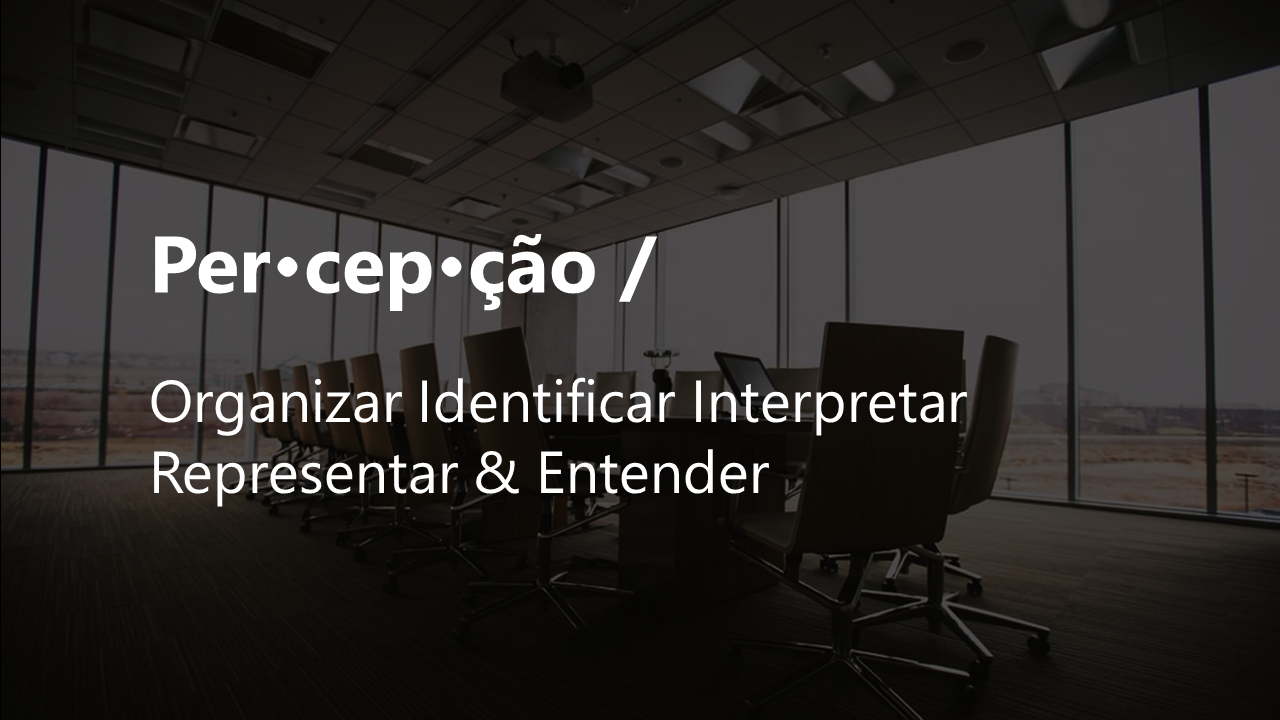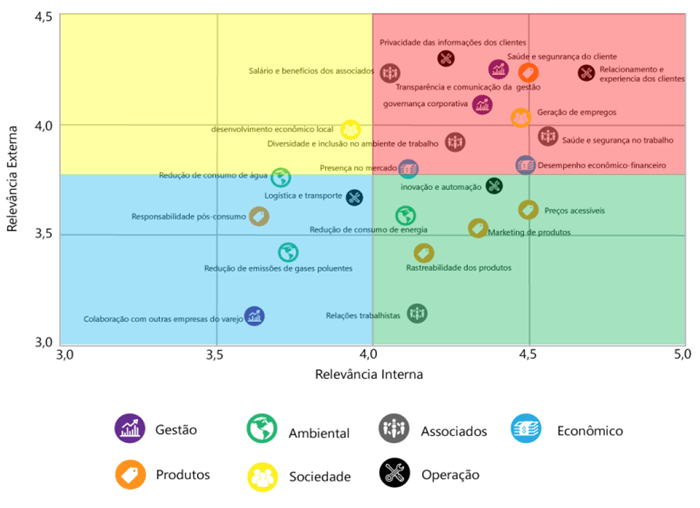
Today's society has a vast number of organizations that exist to satisfy the most diverse demands. The convergence of a set of factors of an economic, geopolitical, sociocultural nature, combined with consumers increasingly connected and aware of what companies are bringing to their products and processes, means that companies plan strategically to communicate their good practices and make clear your position on sustainable issues.
Communication is a broad process that encompasses all people who are in some way related to the organization, such as: employees, shareholders, investors, customers, suppliers, consumers, associations, among others – the so-called stakeholders. Internally and externally, sharing information is fundamental and, in addition to this sharing, having processes or means of capturing information feedbacks and insights of its value chain is of great importance for business.
The concept of perception comes from psychology and, according to Robbins (2005), perception means attributing interpretations based on the capture and organization of information, whether related to people, facts or situations. When applied at the organizational level, the study of perception refers to a sense of observation and analysis of the environment in which a company operates.

From the perception study, it is possible to identify the needs for improvements in the business scope, as well as positive factors that can be strengthened. The type of study depends on the subject you want to obtain an understanding of. feedback, which can be focused on expected results, understanding satisfaction with a product or service or simply understanding how the company is seen on a certain topic – such as the issue of sustainability. Perception studies can be carried out at different opportune moments and repeated when the company/business goes through some change, merger, product change, market launch or when you want to know which aspect is the most sensitive and impactful for the organization.
Whatever the scope of the study, it will be done through interviews with stakeholders strategic, being links in the company's value chain and which have a relationship with it. Even though the interviewees are defined by the company, the process is completely confidential and the answers are not linked to the interviewee.
Together with perception studies, it is possible to carry out Materiality of the company. Materiality Studies aim to identify trends capable of impacting business, generating long-term value and identifying which topics are most critical and require attention and management with greater efficiency.
In the case of materiality, the stakeholders internal and external punctuate all the themes raised based on what they consider to be more or less important and, at the end, there is a graphical representation where the most important themes (for internal and external) are located in the uppermost and rightmost part of the graph.

The perception and materiality studies complement each other in the end, as they bring to the company an amplified vision of where to act first, with the themes of the materiality matrix being reinforced and clarified by the strategic perception of the stakeholders.
And does your organization know the material topics for action? If not, do you want to know what points or actions you should take based on the perception of your stakeholders? A ECO Space Foundation works on developing studies on Perception and Materiality for almost 10 years and since then, building sustainability strategies with clients that add value to business and that support a better experience of products or services sold by the company.
Share